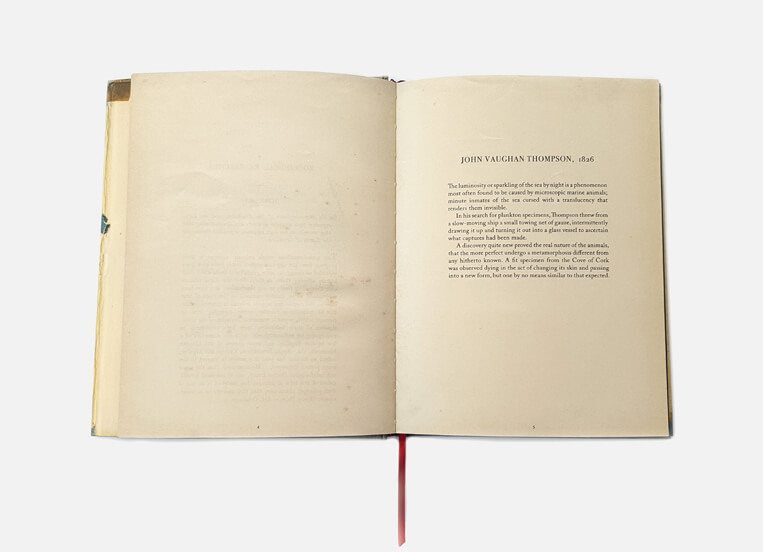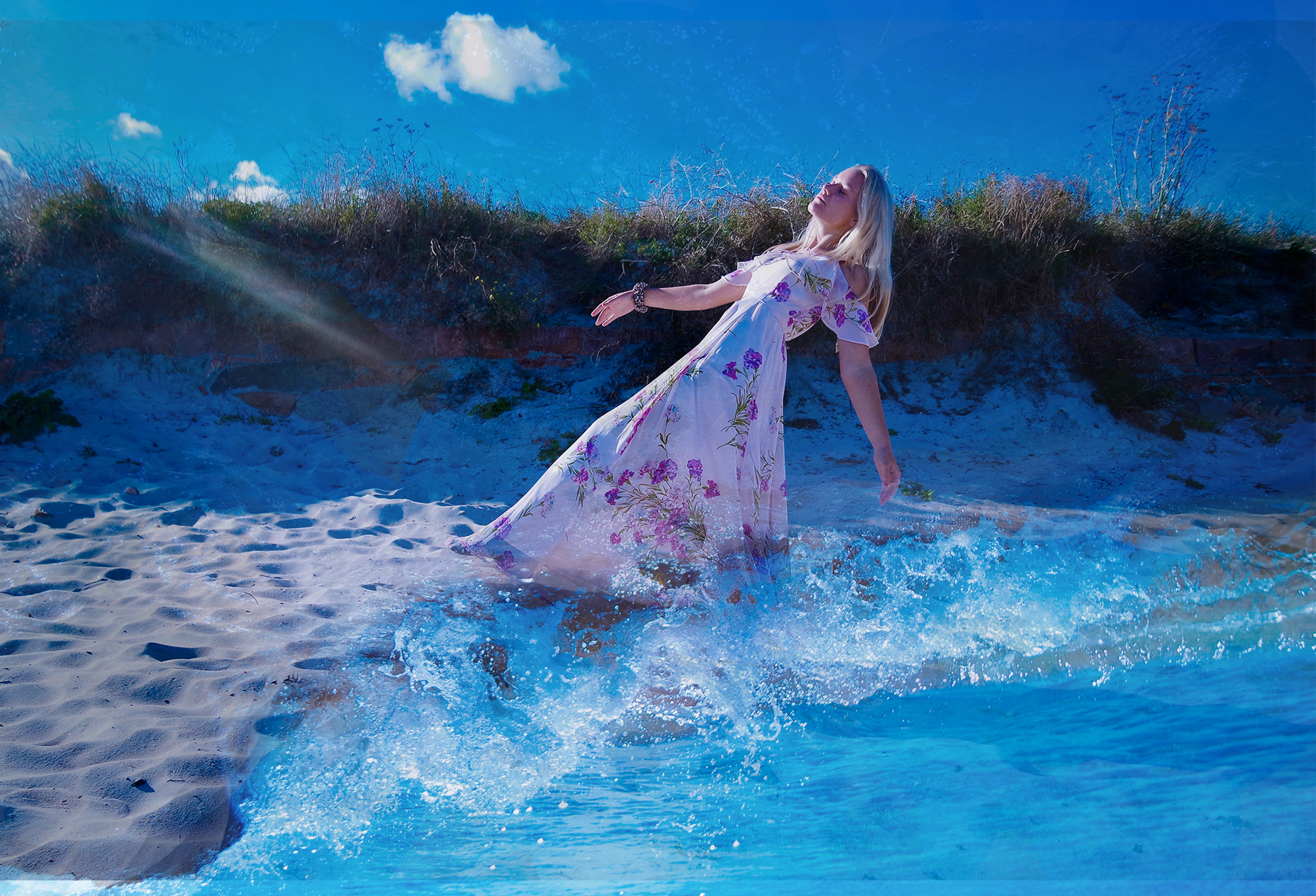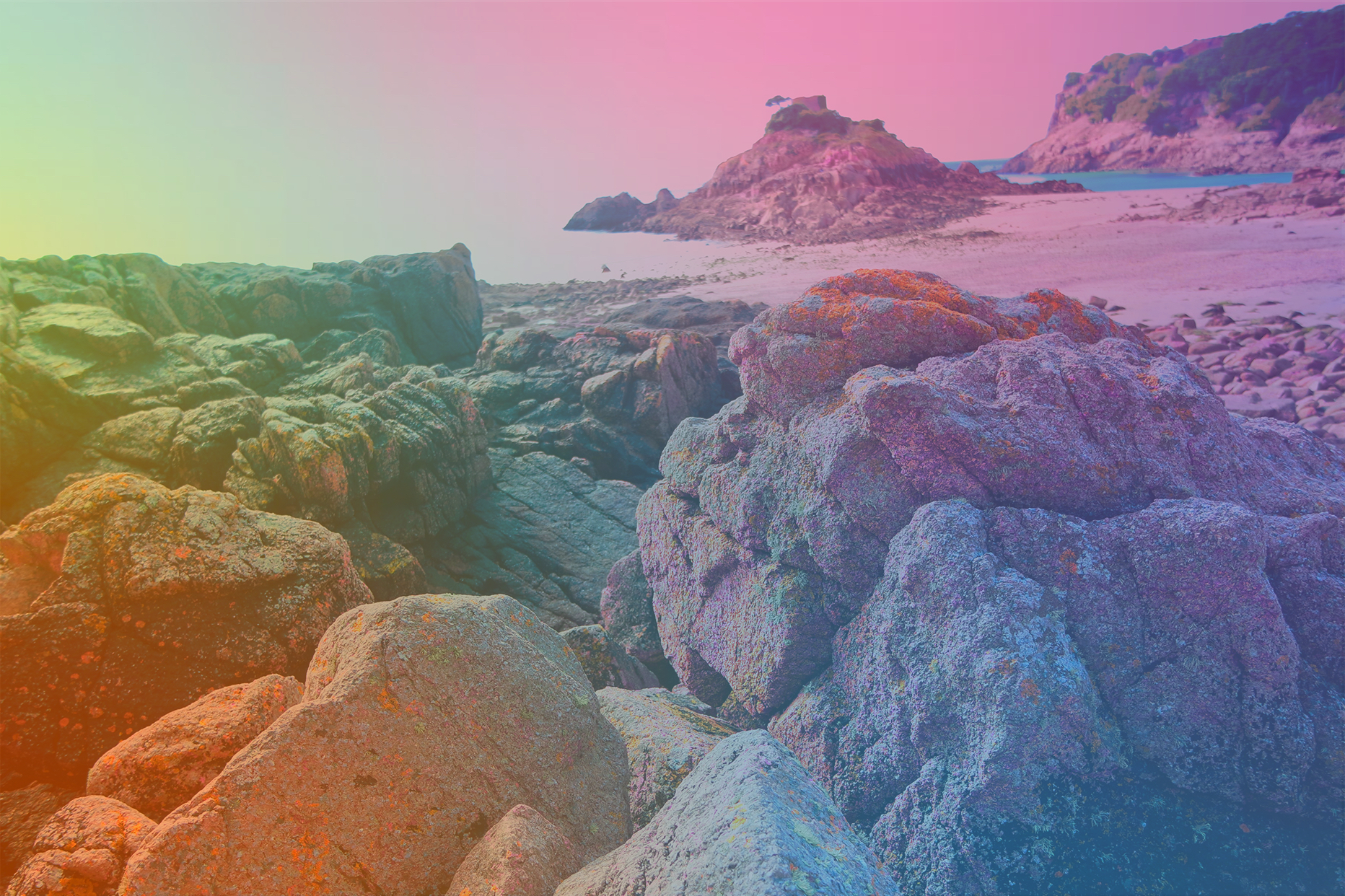Sequencing of images can be based on chronology, geography, family, resemblance, art history, season, colour, form, tone, flora, expression, dress, climate, mood, symbolism, material, and so on.
“In three words, what is your story is about?”
Mandy Barker’s “Beyond Drifting: Imperfectly Known Animals” narrates environmental issues through showcasing specimens of plastic waste under a microscope. The “plankton” specimens in this work are beautifully photographed objects of marine plastic debris, recovered from the same location as naturalist John Vaughan Thompson’s plankton samples from 200 years ago. Each specimen has a new scientific name reflecting early Latin origins and containing the word ‘plastic’ hidden within its title.
The photo book influences an audience of humans in general, using beautifully aesthetic images to shock the viewer by first capturing their attention with beauty before revealing the dark meaning behind it, this being the impact we have on organisms in the environment.
The book features scans of the damaged pages of Brian Keenan’s “An Evil Cradling”, discovered in the ocean by Barker when searching for polluting items.
The book of the series which was shortlisted for the Prix Pictet Award SPACE 2017 was exhibited at the Victoria & Albert Museum London and is touring 12 international venues over the next 2 years.
Deconstruction of the physical and narrative features of the book:
Book in hand: The book comes wrapped in a cardboard piece, alongside a research notes book and a card featuring two images similar to what is featured inside. The book itself is a hardback with a cover of paper over the front and back. The paper cover is smooth but the hardback underneath is textured reflecting water damage. The title of the book is embossed alongside an illustration of a starfish, also embossed. Section-sewn binding with book ribbon; interior tip-in; dust jacket; hand finishes.
Paper and ink: The images feature on black pages mainly, with the occasional white background that stands out. The pages are matte and slightly textured feeling dried out. All images are coloured. The circle in the center of the images takes up the majority of the page to allow for closer analysis by the viewer.
Format, size and orientation: There are 104 pages and 59 colour photographs with illustrations throughout. Dimensions: 23 x 17.5 cm portrait.

Title: In Mandy Barker’s own words, it is called ‘Beyond Drifting’ “because we are not beyond putting an end to the problem – but we are beyond salvaging what is already out there”. Drifting also refers to the state of floating above water, like many of the plastics Barker discovers in the oceans. The series of work is presented as an old science book from 1800’s, that as well as reflecting the current situation regarding organisms intake of plastic, also subtly includes the original writing, descriptions, and figures recorded by Thompson in his research memoirs of 1830, entitled, ‘Imperfectly Known Animals’. The book uniquely captures our changing times along with both past and present research.
Structure: There is no distinct narrative. Instead, Barker places micro images of pollutes found, next to images of the same objects from afar showing a contrast of the aesthetics of the object in a scientific method. Barker repeats the layout throughout encouraging the viewer to imagine what the object is, based on the fictional scientific names given alongside them as well as location they were found in.
 Text: The Photobook opens up with a description on plankton made by Dr Richard Kirby, giving an idea for the importance of their presence in the food chain, and how detrimental the effects of micro plastic particles can have on them. An abstract on John Vaughan Thompson’s search for plankton specimens is also featured.
Text: The Photobook opens up with a description on plankton made by Dr Richard Kirby, giving an idea for the importance of their presence in the food chain, and how detrimental the effects of micro plastic particles can have on them. An abstract on John Vaughan Thompson’s search for plankton specimens is also featured.

Quoting Rachel Carson, the first page of writing in the entire book reads “Always, then, in this flotsam and jetsam of the tide lines, we are reminded that a strange and different world lies offshore”.











